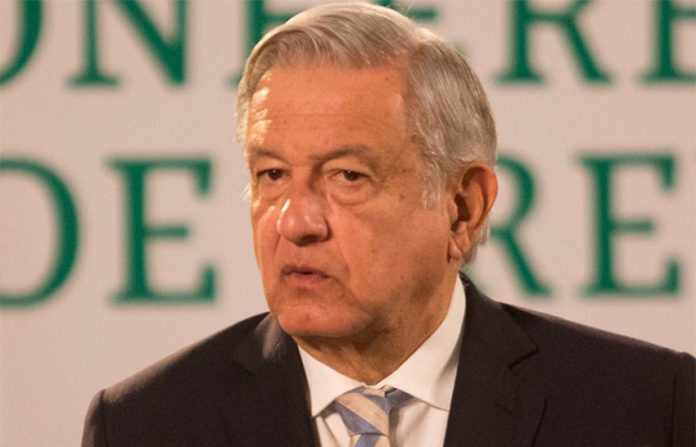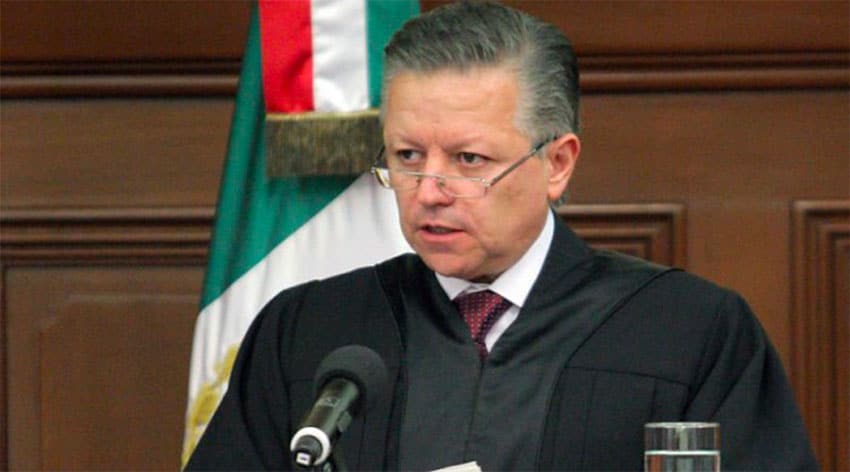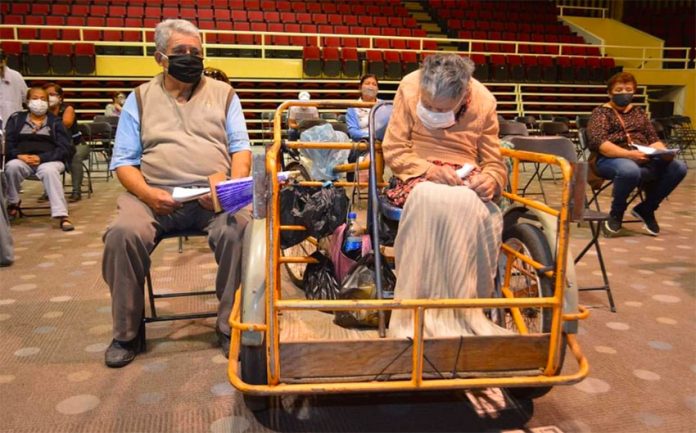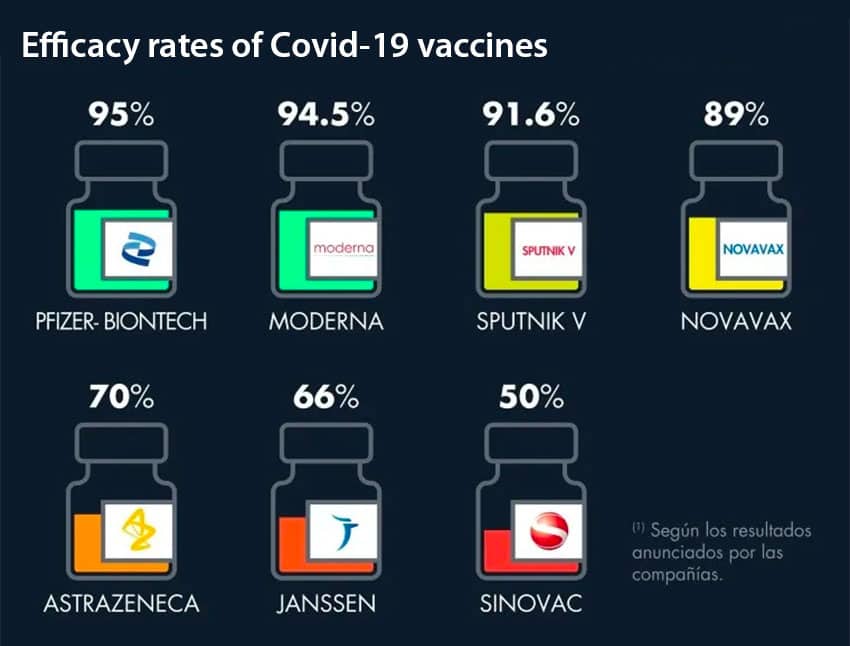Last Saturday in Xalapa, Veracruz, was the first day that regular citizens (over the age of 60) were able to get Covid-19 vaccines.
The city set up about 26 modules so that those whose last names started with the letters A–E could go receive their first shots. Several of my friends either have been or will be getting vaccinated this week.
Saturday was the first day of a week-long campaign for this age group. People waited in line for hours; one friend of mine waited for over six. Yet another acquaintance paid someone else to stand in line for him, which was not a terrible idea. For the age group being served, with a little more organization we might have arranged for something like that for lots of people; surely there’d have been plenty goodwill to spread around.
Subsequent days have seen much shorter lines, though we’re not quite sure why. Much of it probably has to do with workers having learned on the first day where their logistical shortfalls were and fixing them. Some also speculate (correctly, most likely), that lots of people with last names not at the beginning of the alphabet got in line incorrectly on the first day.
After what happened with Oaxaca’s roll-out, after all, confidence that there would be enough doses was likely not high. Thankfully, things seem to have gone smoothly so far here, and the weather has been mercifully nice as well.
It’s been a long, hard year, and so often it felt like we would never get to this point. To be sure, we’re not out of the woods, but we can at least see a light at the end of the tunnel now, and that’s something.
And with our stoplight system leaning more toward green than red right now, one can almost imagine that we’ll be able to achieve some semblance of normality by summer. On a personal level, my biggest hope is that my daughter and other children can finally go back to in-person classes.
Saturday is also the day that I read both about the Hidalgo woman who died after receiving her vaccine and about the fact that the AstraZeneca vaccine has been suspended in several European countries on suspicion that it might be linked to cases of thrombosis (basically, blood clots).
Uh-oh.
This news isn’t going to help a situation in which many people seem to be much warier of the vaccine than of the virus itself. It’s a stance that doesn’t make a lot of sense to me, but the nature of fear is that it’s not always logical; it doesn’t look at and evaluate statistics first.
Think of all the people who are afraid to fly even though they’re exponentially more likely to die in a car crash on the way to the airport, or how parents are terrified that someone will snatch their children in the street when a tumble down the unguarded stairs in the house is actually a much bigger threat.
When it comes to fears and assumptions about whether something is likely to happen, statistics have very little to do with the way our hearts jump into our throats.
Back to the Hidalgo woman. According to authorities, at 75, she had other health problems, and her death has not been linked to the vaccine. But for those already suspicious of their safety, it serves as “proof” that they’re correct in their wariness.
Someone’s death soon after the vaccine was bound to happen, whether it was related to the vaccine or not. If a handful of people were dropping dead at every vaccination site, I’d say, “All right, let’s stop; something’s not right.” But that is not the case, and I worry about people refusing to take the vaccine as a result and then becoming seriously ill or dying of the virus instead.
I don’t know anyone who’s had a serious reaction to the vaccine, but boy, do I know a lot of people who have died.
I’ll admit, though, that the news about the AstraZeneca vaccine gave me more pause. Deputy Health Minister López-Gatell reminds us that correlation does not equal causation, but the adamancy with which he assured us about this during his press conference was surely cold comfort to some.
The fact that there have been no such cases in Mexico makes me feel more at ease, but a glance at the current most-read stories list of this paper shows that readers at least of Mexico News Daily are paying a lot of attention to those two stories (for an excellent, easily-understandable and up-to-date Q&A about what we know so far about the AstraZeneca vaccine and its effects, see the New York Times).
I am often alerted that my most recent article has been published because I get emails from strangers about them. Two weeks ago, I received many more not-very-nice emails than usual about the piece I did on vaccines, many calling me naïve, some calling me corrupt (I swear, no vaccine companies have paid me to write things in their favor; I’m not saying I’m above it — I could use the cash — but it’s just not happening). When it comes to vaccines, a lot of people have a lot to say about them.
People are wary and scared. They think the vaccines came out too soon, skipping the appropriate testing (they didn’t skip — it was truly a scientific marvel that combined urgency with our modern technology and knowledge).
I pray that as more people become vaccinated and as fewer people become seriously ill from the coronavirus that at least some of the holdouts will come around and get vaccinated too.
I’ll also be hoping when I get my own vaccine that the gods won’t decide it would be a hilarious joke if I died right after of thrombosis.
Especially if I get the AstraZeneca one.
Sarah DeVries is a writer and translator based in Xalapa, Veracruz. She can be reached through her website, sdevrieswritingandtranslating.com.














